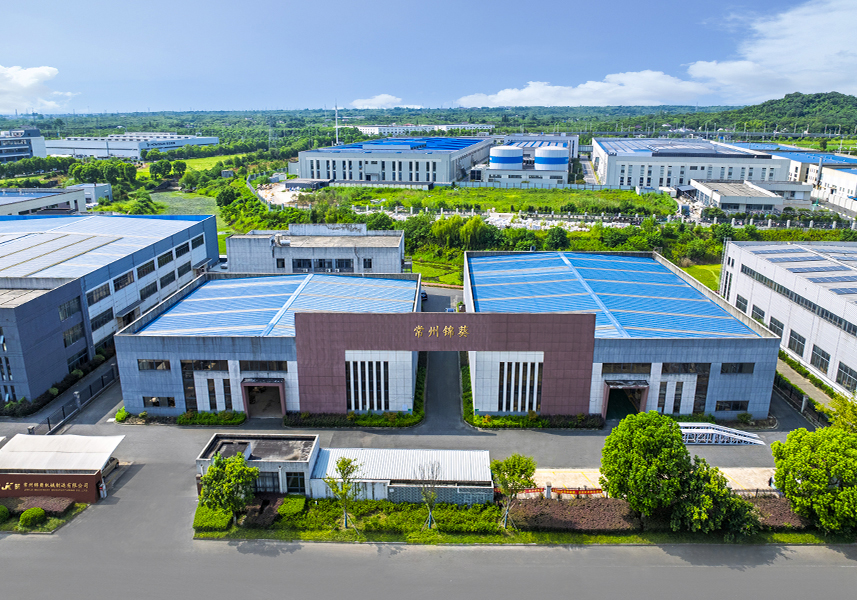Wear-resistant rotary valves are designed for conveying high-hardness and highly abrasive materials. They are widely used in industries such as cement, mineral powder, quartz sand, coal powder, and metal particles. Features: Designed for conveying highly abrasive materials (such as mineral powder, sand and gravel, cement, catalyst, fly ash, etc.), they significantly extend the service life of key valve components (rotor blades, end covers, and shell linings).
Common types:
Wear-resistant steel/wear-resistant cast iron:
High chromium cast iron/alloy white cast iron: Extremely high hardness (HRC 55-65), excellent wear resistance, but relatively poor toughness, high brittleness, and limited impact resistance. Commonly used to manufacture rotor blades or shell liners.
Wear-resistant alloy steel (such as NM360, NM400, HARDOX): A balance of high hardness and good toughness is achieved by adding alloying elements and heat treatment. Good wear resistance, processability, and impact resistance are better than high chromium cast iron. Commonly used in shells, end covers, rotor bodies, or blades.
Tungsten carbide (WC) coating/hardfacing:
Spray or hardface a layer of tungsten carbide on the edge of the rotor blades and the easily worn parts of the shell. It has extremely high hardness (HRA 85+) and excellent wear resistance. It is cheaper than solid carbide and is a common and effective means to improve wear resistance.
Solid carbide (such as tungsten carbide):
It is used to manufacture parts in extremely high wear areas (such as very small rotor blade tips or specific scrapers). It has the highest hardness and the best wear resistance, but it is expensive and brittle.
Ceramic lining/inlay:
Alumina (Al2O3), silicon carbide (SiC) and other engineering ceramic plates or blocks are pasted or inlaid on the inner wall of the valve or the surface of the rotor. Ceramics have high hardness, excellent wear resistance, and corrosion resistance. Common forms include solid ceramic linings, ceramic inlays, etc. It is necessary to pay attention to the impact resistance of ceramics.
